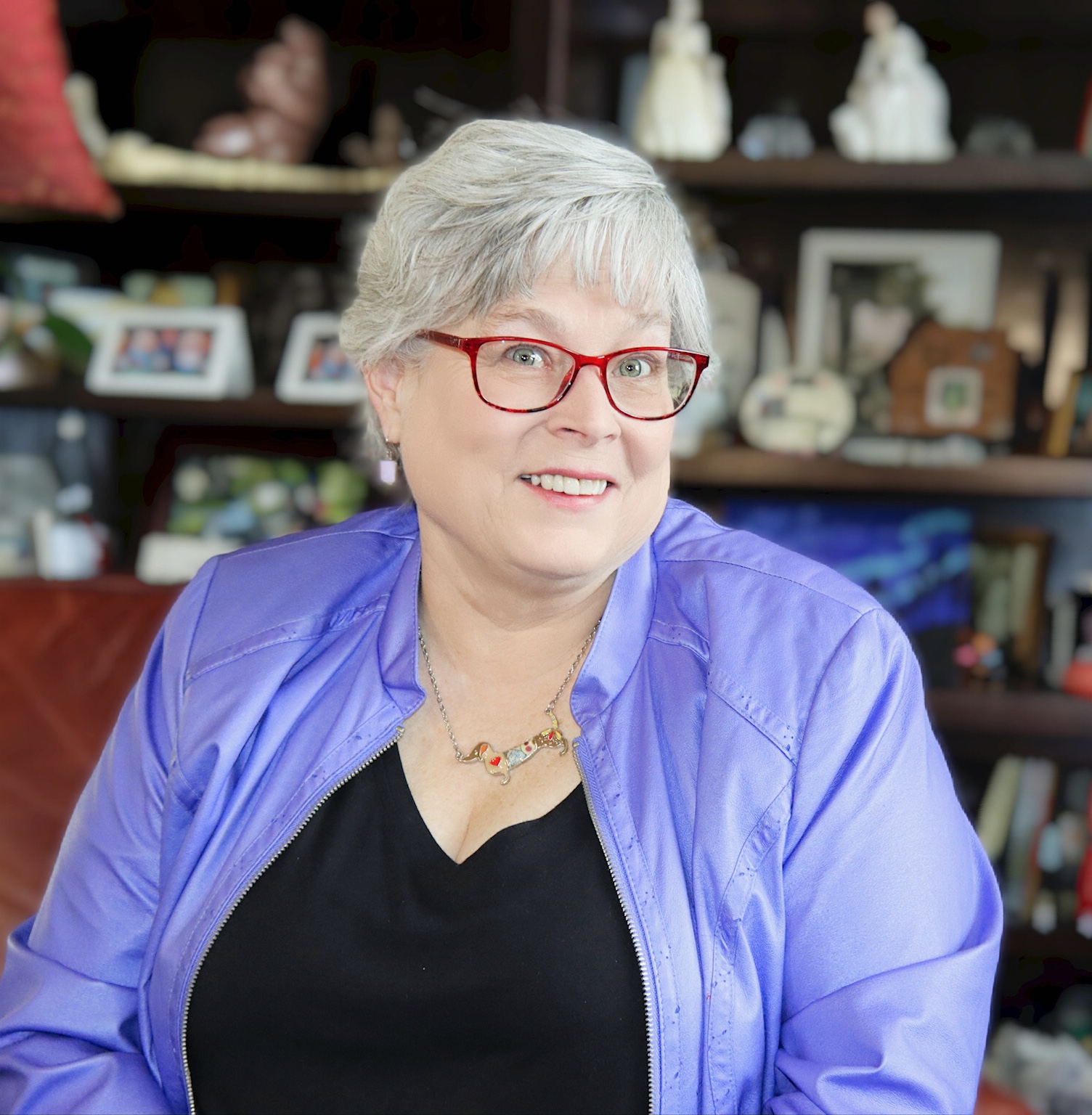
Maiden Names: The Key to Unlocking Female Family History

When delving into genealogy, uncovering the stories of our female ancestors can be particularly challenging. One of the most significant obstacles is identifying maiden names, as women’s names often changed after marriage, making it difficult to trace their lineage. However, discovering maiden names is crucial for connecting generations and gaining a fuller understanding of family history. In this blog post, we will explore the challenges of discovering maiden names, strategies for finding them in records, and how maiden names can lead to new family connections. A short case study will illustrate these points.
Challenges of Discovering Maiden Names
Name Changes After Marriage: In many cultures, women traditionally adopt their husband's surname after marriage. This change can create gaps in the genealogical record, making it difficult to trace a woman’s ancestry before her marriage.
Incomplete Records: Historical records, such as censuses, birth, and death certificates, sometimes list women only by their married names. This practice can obscure their identity before marriage.
Common Names: Women with common first names and surnames can be particularly challenging to trace. It’s often difficult to distinguish between multiple individuals with the same name, especially in large families or communities.
Loss of Records: Historical events, such as wars, natural disasters, and migrations, can lead to the loss or destruction of records, further complicating the search for maiden names.
Strategies for Finding Maiden Names
Despite these challenges, several strategies can help uncover maiden names and trace female ancestors.
Vital Records: Birth, marriage, and death certificates are fundamental sources for discovering maiden names. These documents often list parents' names and can provide a woman’s maiden name. For example, a marriage certificate typically includes the bride's maiden name and her parents' names.
Census Records: Census data can provide clues about maiden names. For instance, if a woman is living with her parents or siblings, the family name can indicate her maiden name. Additionally, censuses often include information about the number of years a woman has been married, which can help locate marriage records.
Church Records: Baptism, marriage, and burial records from churches frequently include maiden names. Baptism records may list the names of both parents, while marriage records often include the maiden name of the bride and her parents’ names.
Probate Records: Wills and probate records can be valuable sources of information. Women are often mentioned by both their married and maiden names, especially if they were beneficiaries or executors. These records can provide connections to other family members.
Newspaper Archives: Historical newspapers often contain marriage announcements, obituaries, and social news that mention women’s maiden names. These announcements can provide details about family connections and events.
DNA Testing: Genetic genealogy can help confirm family connections and uncover maiden names. DNA matches with distant relatives can provide clues about a woman's lineage and lead to discovering her maiden name.
Gravestones and Cemetery Records: Gravestones often include maiden names, especially in family plots where multiple generations are buried. Cemetery records can provide additional information about family relationships.
City Directories: Historical city directories often list women under their maiden names, especially before marriage. These directories can also provide information about their addresses and occupations.
How Maiden Names Lead to New Family Connections
Discovering a woman’s maiden name can open up new avenues of research and lead to significant genealogical breakthroughs.
Connecting Generations: Maiden names provide links between a woman and her parents, allowing researchers to trace her lineage back further. This connection can help build a more complete family tree and uncover new branches of the family.
Uncovering Sibling Relationships: Knowing a woman’s maiden name can help identify her siblings. Siblings often appear together in records such as censuses, wills, and probate documents. These connections can provide additional context and information about the family.
Tracing Ancestral Origins: Maiden names can indicate ethnic or geographical origins, helping researchers trace the family’s roots to specific regions or countries. This information can provide insights into migration patterns and cultural heritage.
Solving Brick Walls: In genealogy, a "brick wall" refers to a difficult research problem that seems insurmountable. Discovering a maiden name can often provide the missing link needed to break through these brick walls and continue tracing the family line.
Case Study: Discovering Mary Johnson's Maiden Name
To illustrate these points, let’s consider a case study involving the search for the maiden name of Mary Johnson, a woman born in the early 1900s.
Step 1: Starting with Known Information
Jane Smith, an amateur genealogist, knew that her great-grandmother, Mary Johnson, was born around 1905 and lived in Chicago, Illinois. She had no information about Mary’s parents or her life before marriage.
Step 2: Searching Census Records
Jane began by searching the 1930 US Census, where she found Mary Johnson living with her husband, John Johnson, and their three children. The census indicated that Mary was 25 years old, providing an estimated birth year of 1905.
Next, Jane searched the 1920 US Census, hoping to find Mary before her marriage. She found a 15-year-old Mary living with her parents, James and Sarah Thompson, in Chicago. This suggested that Mary’s maiden name might be Thompson.
Step 3: Examining Vital Records
Jane obtained Mary and John Johnson’s marriage certificate from 1923. The certificate confirmed Mary’s maiden name as Thompson and listed her parents as James Thompson and Sarah Brown. This vital record provided definitive proof of Mary’s maiden name and connected her to her parents.
Step 4: Exploring Church Records
To gather more information about Mary’s family, Jane searched baptism and marriage records from the local church. She found Mary’s baptism record, which confirmed her birth date and parents' names. Jane also found the marriage record of James Thompson and Sarah Brown, further validating the family connection.
Step 5: Investigating Probate Records
Jane examined probate records for James Thompson, who died in 1940. His will mentioned his daughter, Mary Johnson, by both her married and maiden names, confirming the family relationship and providing additional details about the family’s property and social status.
Step 6: Utilizing Newspaper Archives
Jane searched historical newspapers for mentions of the Thompson family. She found a marriage announcement for Mary Thompson and John Johnson, which included details about the wedding and Mary’s family. This announcement provided further confirmation of Mary’s maiden name and connected her to her parents and siblings.
Step 7: Leveraging DNA Testing
To verify her findings and discover more relatives, Jane took an autosomal DNA test. The test results matched her with distant cousins who shared the same Thompson ancestry. These connections provided additional confirmation of Mary’s maiden name and led to new information about the Thompson family.
Step 8: Consulting Gravestones and Cemetery Records
Jane visited the cemetery where Mary Johnson was buried. Her gravestone included her maiden name, Thompson, and listed her birth and death dates. Nearby, Jane found the graves of James and Sarah Thompson, providing further confirmation of the family connection.
Step 9: Examining City Directories
Jane searched historical city directories and found listings for James and Sarah Thompson, as well as Mary Thompson before her marriage. These directories provided information about the family’s addresses and occupations, adding context to their lives.
Through diligent research and the use of various genealogical tools, Jane was able to uncover Mary Johnson’s maiden name and trace her maternal line back several generations. This discovery opened up new avenues of research and led to a deeper understanding of her family history.
Conclusion
Tracing maiden names is a crucial aspect of genealogical research, especially for uncovering the stories of female ancestors. Despite the challenges, various strategies and resources can help discover maiden names and connect generations. By utilizing vital records, census data, church records, probate documents, newspaper archives, DNA testing, gravestones, and city directories, genealogists can uncover the stories of their female ancestors and gain a deeper understanding of their family history.
Understanding the lives of our female ancestors not only honors their contributions but also provides a richer, more complete picture of our heritage. Whether you are just starting your genealogical research or are an experienced genealogist, focusing on maiden names can open up new avenues of discovery and help preserve the legacy of the women in your family for future generations.
By embracing the challenge of tracing maiden names, you can uncover hidden gems in your family history and ensure that the stories of your female ancestors are not forgotten. So, embark on this journey with curiosity and determination, and you may find that the women of your past have left a legacy that is both inspiring and profound.


